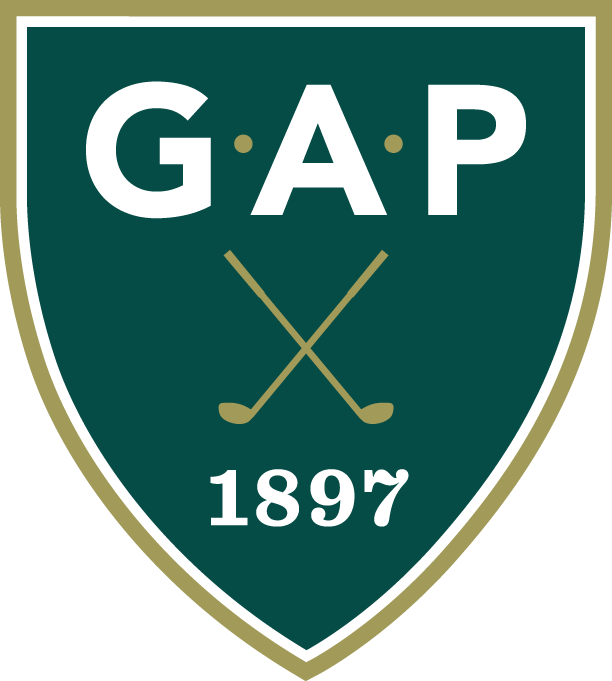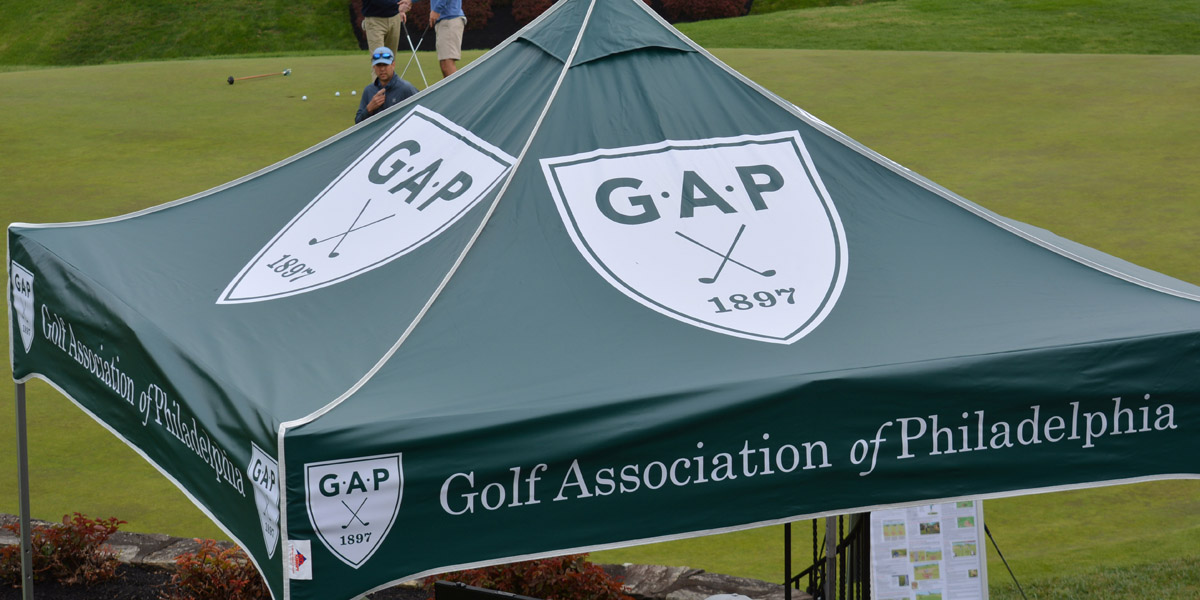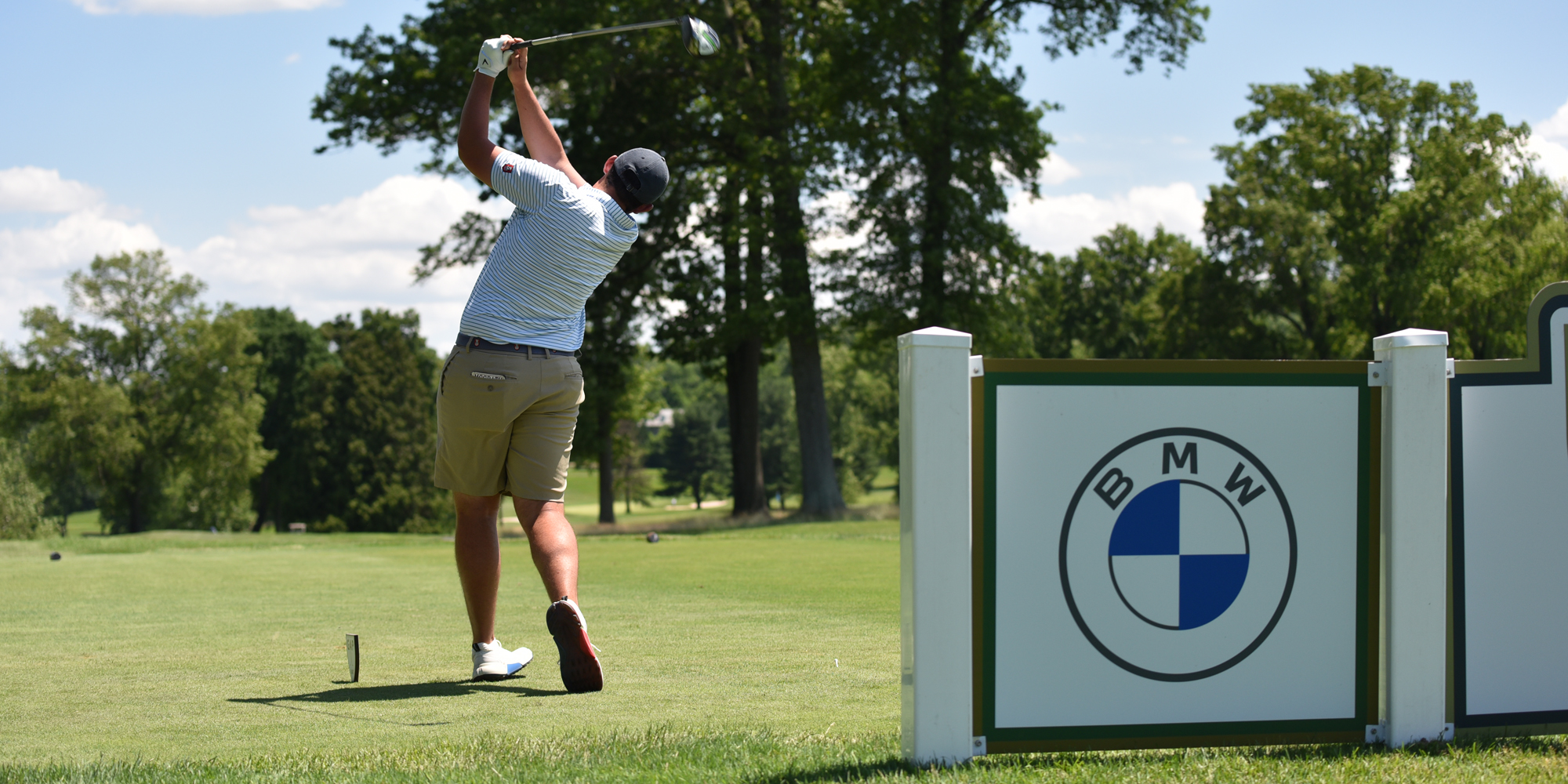GAP Chat: A conversation with ... Steve ProbstSteve Probst inked his name in the Golf Association of Philadelphia history pages with a victory in the 1956 Junior-Junior Boysâ Championship. A phone call from an amateur icon prompted the Manufacturers Golf & Country Club youngster to push his reputation beyond a singular title.
"At [age] 14, I was invited by Woody Platt to play in the (1960 BMW) Philadelphia Amateur Qualifier at Huntingdon Valley (Country Club). I didnât know anything about it,â Probst, 71, of Blue Bell, Pa., said. âI didnât make match play. I finished in the dark and played 36 holes with George Rowbotham. It was quite an experience. That got my juices flowing for tournament golf.â Probst demonstrated that competitive craving a year later. He carded rounds of 76 and 70, the dayâs best, to gain match play in the BMW Philadelphia Amateur on his home course. Probst fell to Tom Conboy, 1-up, in the Round of 32. He also shined on the Junior circuit in 1961. He qualified for the U.S. Junior Amateur at Cornell University Golf Course alongside another GAP Hall of Famer in R. Jay Sigel. Probst claimed his second Association title, the Junior Boysâ Championship, by defeating friend Trip OâDonnell, 4&3, at Plymouth Country Club. "[In the Final], he holed out of fairway bunker on No. 6 from 80 yards. I was in the same bunker and thought, âWhat am I hitting for?ââ Probst said. âWe kind of laughed at each other. I hit it about two feet from the hole, so it wasnât all bad. âWe had a good nucleus of Junior golfers. To say I won the Junior Boysâ was an accolade.â Probstâs prolific performances in 1961 contributed to his lone appearance in the Mason-Dixon Matches. He served as the Associationâs Junior representative and competed alongside the likes of future Hall of Famers John Dyniewski, Howard Everitt and W.B. McCullough, Jr., to name a few. Such good company highlighted a pair of BMW Philadelphia Amateur semifinal runs for Probst. In 1963, he converted a 35-foot putt to upend Bill Care in 19 holes in the quarterfinals at Philadelphia Cricket Club. Probst then fell victim to Robert âBeetleâ Beirne by a 3&2 margin. Two years later, Beirne again claimed responsibility for an early Probst exit. âHe hit a 4-wood straighter than you could hit a putt. He didnât know what the rough looked like,â Probst said. âHe was something.â Probstâs other semifinal berth occurred in 1966 when he met OâDonnell at St. Davids Golf Club. The two added to their growing list of dramatic duels. Probst previously bested OâDonnell in the 1962 Pennsylvania Golf Association Junior Boysâ Championship. This time, OâDonnell grabbed retribution in the form of a 1-up triumph. âI was 3-down with five to go and got it even after 17 holes,â Probst said. âHe won the 18th hole. He hit a shot on the fourth hole at St. Davids that Iâll never forget. The pin was close to a big bunker in front of the green. He fried eggs it right in the bunker and holed [the next shot]. I remember that vividly.â Also clear in Probstâs memory is his experience during the 1966 Joseph H. Patterson Cup at Old York Road Country Club and Squires Golf Club. Marred by a three-putt on the 34th hole, Probst missed out on a playoff for the title by one stroke. Top performances in GAP Majors ultimately marked an amateur golf swan song. Probst, a Rollins College alum, turned professional following the summer. He worked at Rydal Country Club before moving onto Philmont Country Club for three years. Competitive rounds became few and far between, though Probst did participate in Philadelphia Section PGA events and audition for the U.S. Open occasionally. He advanced through the Local stage in 1972-73. â[In 1973], I played in Sectional Qualifying with Tom Watson at Aronimink and Waynesborough,â Probst said. âTom Watson wasnât Tom Watson yet. He shot 143 and I walked off the 18th green at Aronimink and congratulated him. He said, âI donât think I made it.â I said, âYou have no idea how hard the courses you just played were if you donât think you made it.â He finished second. What impressed me the most about him was his short game.â Tournament golf soon took a turn for Probst. âIâd get over a putt and Iâd quiver. As time went on, it became worse,â he said. âI couldnât play in tournaments. What I had was a benign essential tremor. It would prevent you from doing daily things in life. You canât eat a salad. The lettuce wouldnât stay on the fork. Shaving was a Red Cross donation.â Probst, a teaching professional at Old York Road since 1987, underwent brain surgery in 2008. The operation and a subsequent change in equipment resulted in putting without shaking. Tournament golf, complete with a wealth of GAP memories, may be in the rearview, but Probst continues to cherish the game that shaped his life trajectory. âIâll be 72 in April and I can still play. I started when I was 8 years old,â he said. âItâs simple math. If you could play something for 64 years, itâs got to be special.â
GAP Chat
Golf Association of Philadelphia
|
About
Founded in 1897, GAP continues to champion golf for the benefit of the game in its region and beyond.
About HomeA Walk Through Time
GAP is the oldest state or regional golf association in the country. It started courtesy of a friendly competition the Team Matches and has grown into the preeminent golf association in the country. Along the way, golf history has been made.


